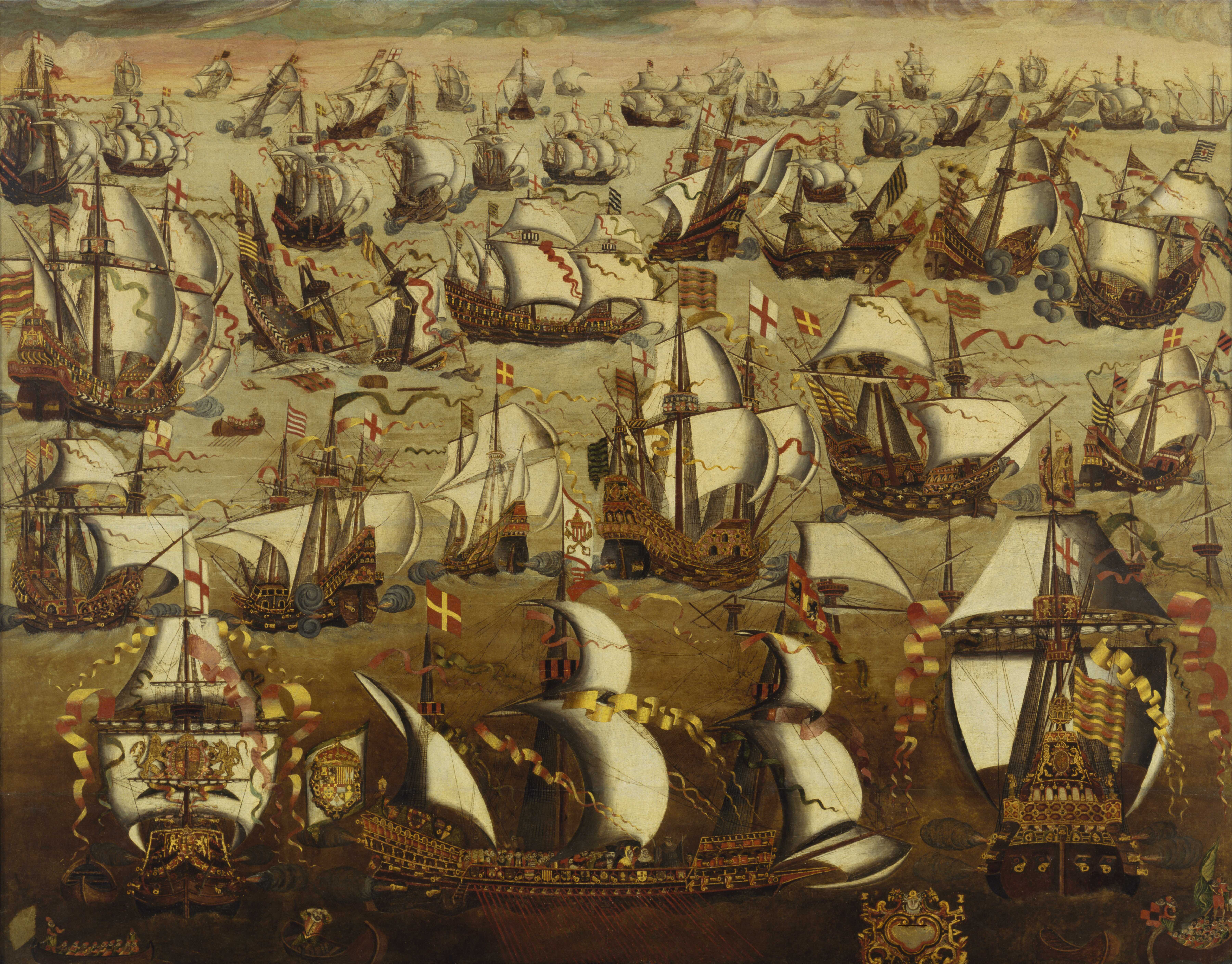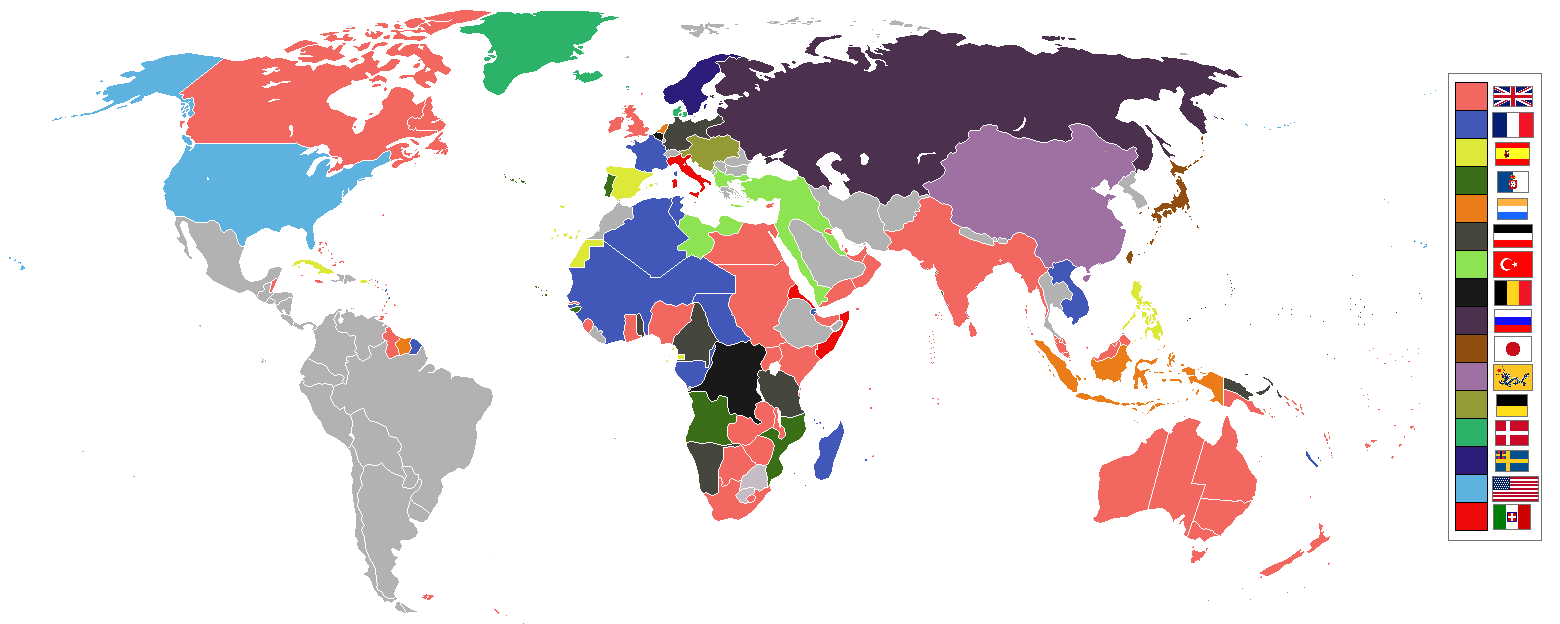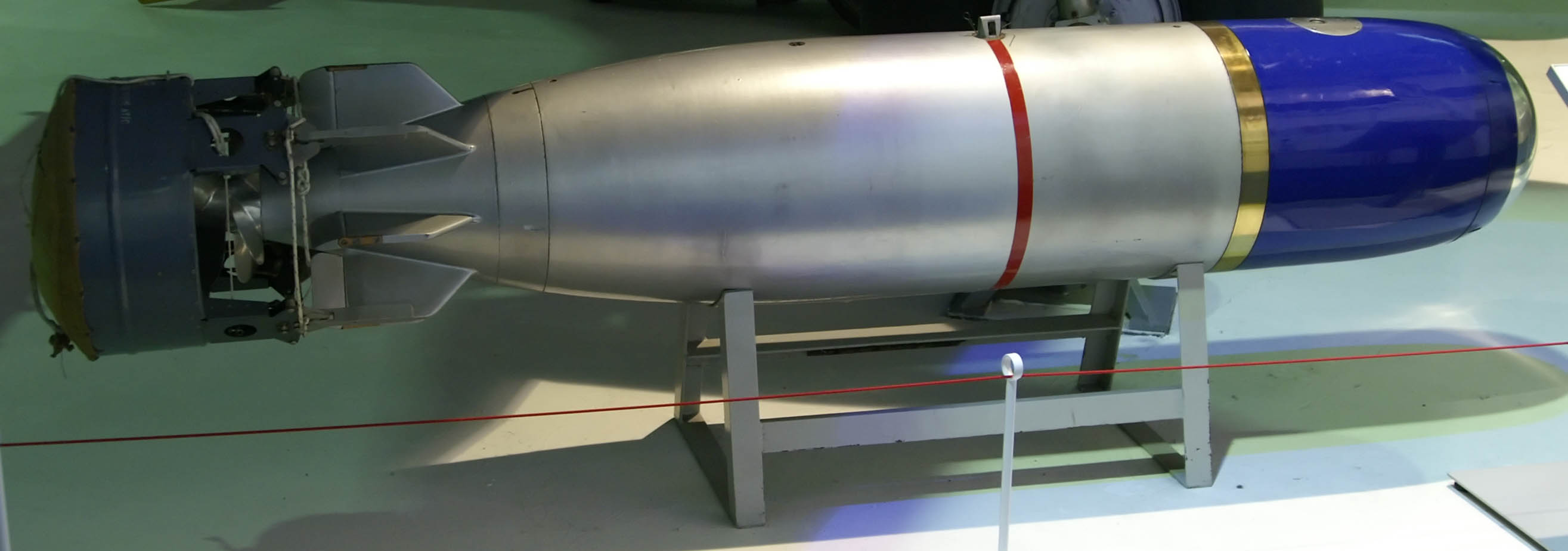|
HMS Vulture (1898)
HMS ''Vulture'' was a Clydebank three funnel - 30 knot destroyer ordered by the Royal Navy under the 1895 – 1896 Naval Estimates. She was the fifth ship to carry this name since it was introduced in 1776 for a 14-gun sloop sold until 1802. Construction and career She was laid down as Yard Number 291 on 26 November 1895 at J & G Thompson shipyard in Clydebank. Her hull was lengthened to 222 feet and launched on 22 March 1898. During her builder's trials she made her contract speed of 30 knots. In 1899 during the construction of these ships, steelmaker John Brown and Company of Sheffield bought J&G Thomson's Clydebank yard for £923,255 3s 3d. She was completed and accepted by the Royal Navy in May 1900. She was the last to be laid down but the first accepted in this group. After commissioning she was assigned to the Chatham Division of the Harwich Flotilla. She was deployed in Home waters for her entire service life. On 30 August 1912 the Admiralty directed all destr ... [...More Info...] [...Related Items...] OR: [Wikipedia] [Google] [Baidu] |
Naval Ensign Of The United Kingdom
The White Ensign, at one time called the St George's Ensign due to the simultaneous existence of a cross-less version of the flag, is an ensign worn on British Royal Navy ships and shore establishments. It consists of a red St George's Cross on a white field, identical to the flag of England except with the Union Flag in the upper canton. The White Ensign is also worn by yachts of members of the Royal Yacht Squadron and by ships of Trinity House escorting the reigning monarch. In addition to the United Kingdom, several other nations have variants of the White Ensign with their own national flags in the canton, with the St George's Cross sometimes being replaced by a naval badge omitting the cross altogether. Yachts of the Royal Irish Yacht Club wear a white ensign with an Irish tricolour in the first quadrant and defaced by the crowned harp from the Heraldic Badge of Ireland. The Flag of the British Antarctic Territory and the Commissioners' flag of the Northern Lig ... [...More Info...] [...Related Items...] OR: [Wikipedia] [Google] [Baidu] |
QF 6-pdr 8 Cwt Naval Gun
The Ordnance QF Hotchkiss 6 pounder gun Mk I and Mk II or QF 6 pounder 8 cwt were a family of long-lived light naval guns introduced in 1885 to defend against new, small and fast vessels such as torpedo boats and later submarines. There were many variants produced, often under license which ranged in length from 40 to 58 calibers, but 40 caliber was the most common version. 6-pounders were widely used by the navies of a number of nations and often used by both sides in a conflict. Due to advances in torpedo delivery and performance, 6-pounder guns were rapidly made obsolete and were replaced with larger guns aboard most larger warships. This led to their being used ashore during World War I as coastal defense guns, the first tank guns and as anti-aircraft guns, whether on improvised or specialized HA/LA mounts. During World War II 6-pounder guns were put back in service to arm small warships and as coastal defense guns. The last ships to carry 6-pounders were the Aegir- ... [...More Info...] [...Related Items...] OR: [Wikipedia] [Google] [Baidu] |
1898 Ships
Events January–March * January 1 – New York City annexes land from surrounding counties, creating the City of Greater New York as the world's second largest. The city is geographically divided into five boroughs: Manhattan, Brooklyn, Queens, The Bronx and Staten Island. * January 13 – Novelist Émile Zola's open letter to the President of the French Republic on the Dreyfus affair, ''J'Accuse…!'', is published on the front page of the Paris daily newspaper ''L'Aurore'', accusing the government of wrongfully imprisoning Alfred Dreyfus and of antisemitism. * February 12 – The automobile belonging to Henry Lindfield of Brighton rolls out of control down a hill in Purley, London, England, and hits a tree; thus he becomes the world's first fatality from an automobile accident on a public highway. * February 15 – Spanish–American War: The USS ''Maine'' explodes and sinks in Havana Harbor, Cuba, for reasons never fully established, killing 266 ... [...More Info...] [...Related Items...] OR: [Wikipedia] [Google] [Baidu] |
Ships Built On The River Clyde
A ship is a large watercraft that travels the world's oceans and other sufficiently deep waterways, carrying cargo or passengers, or in support of specialized missions, such as defense, research, and fishing. Ships are generally distinguished from boats, based on size, shape, load capacity, and purpose. Ships have supported exploration, trade, warfare, migration, colonization, and science. After the 15th century, new crops that had come from and to the Americas via the European seafarers significantly contributed to world population growth. Ship transport is responsible for the largest portion of world commerce. The word ''ship'' has meant, depending on the era and the context, either just a large vessel or specifically a ship-rigged sailing ship with three or more masts, each of which is square-rigged. As of 2016, there were more than 49,000 merchant ships, totaling almost 1.8 billion dead weight tons. Of these 28% were oil tankers, 43% were bulk carriers, and 13% were cont ... [...More Info...] [...Related Items...] OR: [Wikipedia] [Google] [Baidu] |
Sheerness
Sheerness () is a town and civil parish beside the mouth of the River Medway on the north-west corner of the Isle of Sheppey in north Kent, England. With a population of 11,938, it is the second largest town on the island after the nearby town of Minster which has a population of 21,319. Sheerness began as a fort built in the 16th century to protect the River Medway from naval invasion. In 1665 plans were first laid by the Navy Board for Sheerness Dockyard, a facility where warships might be provisioned and repaired. The site was favoured by Samuel Pepys, then Clerk of the Acts of the navy, for shipbuilding over Chatham inland. After the raid on the Medway in 1667, the older fortification was strengthened; in 1669 a Royal Navy dockyard was established in the town, where warships were stocked and repaired until its closure in 1960. Beginning with the construction of a pier and a promenade in the 19th century, Sheerness acquired the added attractions of a seaside resort. ... [...More Info...] [...Related Items...] OR: [Wikipedia] [Google] [Baidu] |
World War I
World War I (28 July 1914 11 November 1918), often abbreviated as WWI, was List of wars and anthropogenic disasters by death toll, one of the deadliest global conflicts in history. Belligerents included much of Europe, the Russian Empire, the United States, and the Ottoman Empire, with fighting occurring throughout Europe, the Middle East, Africa, the Pacific Ocean, Pacific, and parts of Asia. An estimated 9 million soldiers were killed in combat, plus another 23 million wounded, while 5 million civilians died as a result of military action, hunger, and disease. Millions more died in Genocides in history (World War I through World War II), genocides within the Ottoman Empire and in the Spanish flu, 1918 influenza pandemic, which was exacerbated by the movement of combatants during the war. Prior to 1914, the European great powers were divided between the Triple Entente (comprising French Third Republic, France, Russia, and British Empire, Britain) and the Triple A ... [...More Info...] [...Related Items...] OR: [Wikipedia] [Google] [Baidu] |
British 18 Inch Torpedo
There have been a number of 18-inch torpedoes in service with the United Kingdom. These have been used on ships of the Royal Navy and aircraft of both the Fleet Air Arm and Royal Air Force, while Royal Navy surface ships and submarines use 21-inch torpedoes. The British "18-inch" torpedoes were in diameter, beginning with the "Fiume" Whitehead torpedo of 1890. 45 cm "Fiume" (Whitehead) torpedo First introduced into British service in 1894. * Year : about 1888 * Weight : * Length : * Warhead : wet gun-cotton * Performance : for * Propulsion : Compressed air Mark V Used on the River-class and 1905 Tribal-class destroyers. * Year : about 1899 * Weight : * Warhead : including pistol * Propulsion : Compressed air Mark VI Used on destroyers of the early 1900s. * Year : about 1904 * Performance : for or for * Propulsion : Compressed air Mark VII and VII* Introduced on the 1908 members of the 1905 Tribal class destroyers. Used by torpedo boats built befor ... [...More Info...] [...Related Items...] OR: [Wikipedia] [Google] [Baidu] |
Torpedo Tube
A torpedo tube is a cylindrical device for launching torpedoes. There are two main types of torpedo tube: underwater tubes fitted to submarines and some surface ships, and deck-mounted units (also referred to as torpedo launchers) installed aboard surface vessels. Deck-mounted torpedo launchers are usually designed for a specific type of torpedo, while submarine torpedo tubes are general-purpose launchers, and are often also capable of deploying mines and cruise missiles. Most modern launchers are standardized on a diameter for light torpedoes (deck mounted aboard ship) or a diameter for heavy torpedoes (underwater tubes), although other sizes of torpedo tube have been used: see Torpedo classes and diameters. Submarine torpedo tube A submarine torpedo tube is a more complex mechanism than a torpedo tube on a surface ship, because the tube has to accomplish the function of moving the torpedo from the normal atmospheric pressure within the submarine into the sea at the ambien ... [...More Info...] [...Related Items...] OR: [Wikipedia] [Google] [Baidu] |
QF 12 Pounder 12 Cwt Naval Gun
The QF 12-pounder 12-cwt gun (abbreviated as Q.F. 12-pdr. (12-cwt.)Gun drill for Q.F. 12-pdr. (12-cwt.) gun (Land service) 1925 the War Office, 1925) was a common, versatile naval gun introduced in 1894 and used until the middle of the 20th century. It was produced by , Elswick and used on |
John Brown & Company
John Brown and Company of Clydebank was a Scottish marine engineering and shipbuilding firm. It built many notable and world-famous ships including , , , , , and the ''Queen Elizabeth 2''. At its height, from 1900 to the 1950s, it was one of the most highly regarded, and internationally famous, shipbuilding companies in the world. However thereafter, along with other UK shipbuilders, John Brown's found it increasingly difficult to compete with the emerging shipyards in Eastern Europe and the far East. In 1968 John Brown's merged with other Clydeside shipyards to form the Upper Clyde Shipbuilders consortium, but that collapsed in 1971. The company then withdrew from shipbuilding but its engineering arm remained successful in the manufacture of industrial gas turbines. In 1986 it became a wholly owned subsidiary of Trafalgar House, which in 1996 was taken over by Kvaerner. The latter closed the Clydebank engineering works in 2000. Marathon Manufacturing Company bought the C ... [...More Info...] [...Related Items...] OR: [Wikipedia] [Google] [Baidu] |
Steam Engines
A steam engine is a heat engine that performs mechanical work using steam as its working fluid. The steam engine uses the force produced by steam pressure to push a piston back and forth inside a cylinder. This pushing force can be transformed, by a connecting rod and crank, into rotational force for work. The term "steam engine" is generally applied only to reciprocating engines as just described, not to the steam turbine. Steam engines are external combustion engines, where the working fluid is separated from the combustion products. The ideal thermodynamic cycle used to analyze this process is called the Rankine cycle. In general usage, the term ''steam engine'' can refer to either complete steam plants (including boilers etc.), such as railway steam locomotives and portable engines, or may refer to the piston or turbine machinery alone, as in the beam engine and stationary steam engine. Although steam-driven devices were known as early as the aeolipile in t ... [...More Info...] [...Related Items...] OR: [Wikipedia] [Google] [Baidu] |
Water Tube Boiler
A high pressure watertube boiler (also spelled water-tube and water tube) is a type of boiler in which water circulates in tubes heated externally by the fire. Fuel is burned inside the furnace, creating hot gas which boils water in the steam-generating tubes. In smaller boilers, additional generating tubes are separate in the furnace, while larger utility boilers rely on the water-filled tubes that make up the walls of the furnace to generate steam. The heated water/steam mixture then rises into the steam drum. Here, saturated steam is drawn off the top of the drum. In some services, the steam passes through tubes in the hot gas path, (a superheater) to become superheated. Superheated steam is defined as steam that is heated above the boiling point at a given pressure. Superheated steam is a dry gas and therefore is typically used to drive turbines, since water droplets can severely damage turbine blades. Saturated water at the bottom of the steam drum returns to the lower dr ... [...More Info...] [...Related Items...] OR: [Wikipedia] [Google] [Baidu] |

.jpg)



_12-pounder_gun.jpg)

